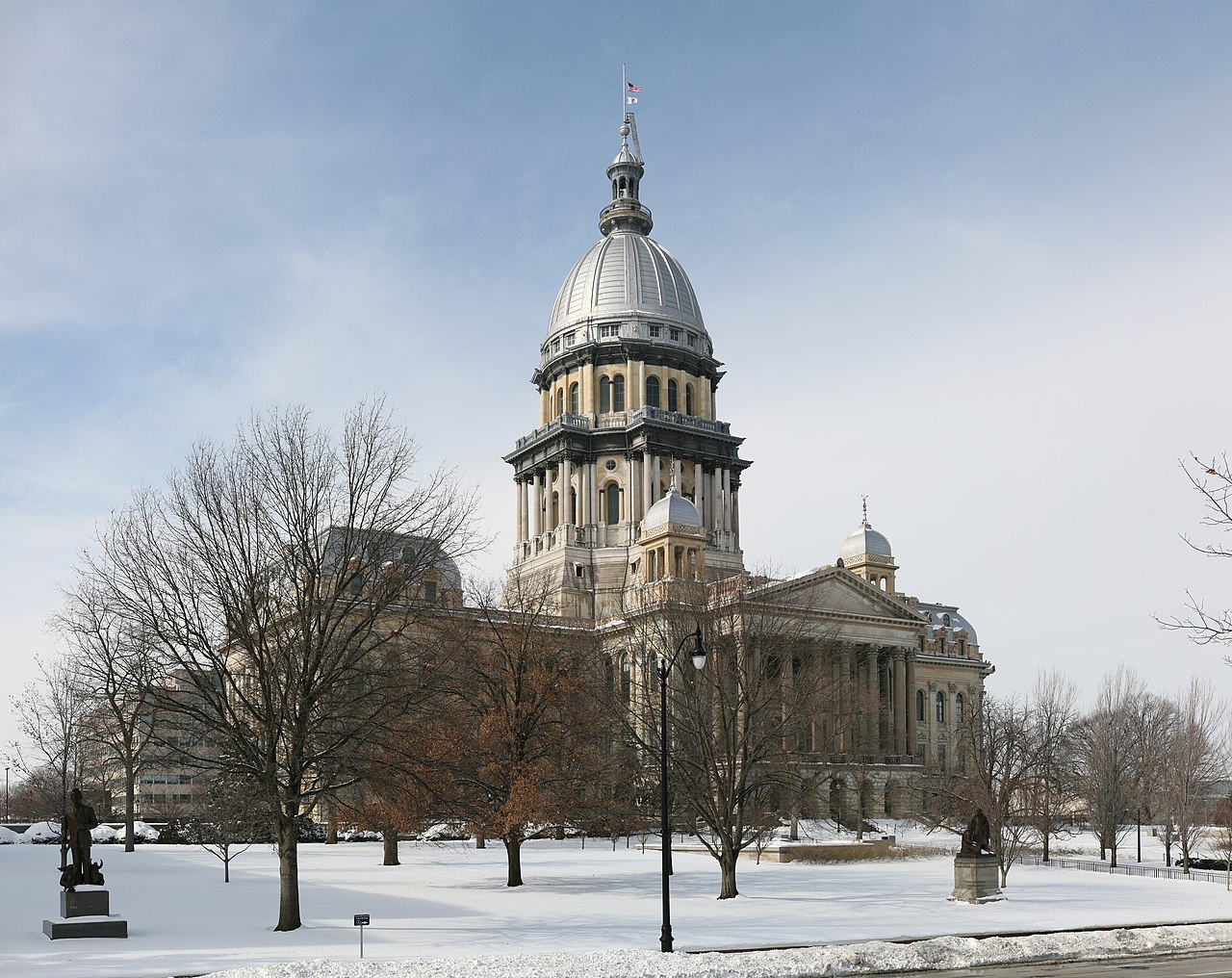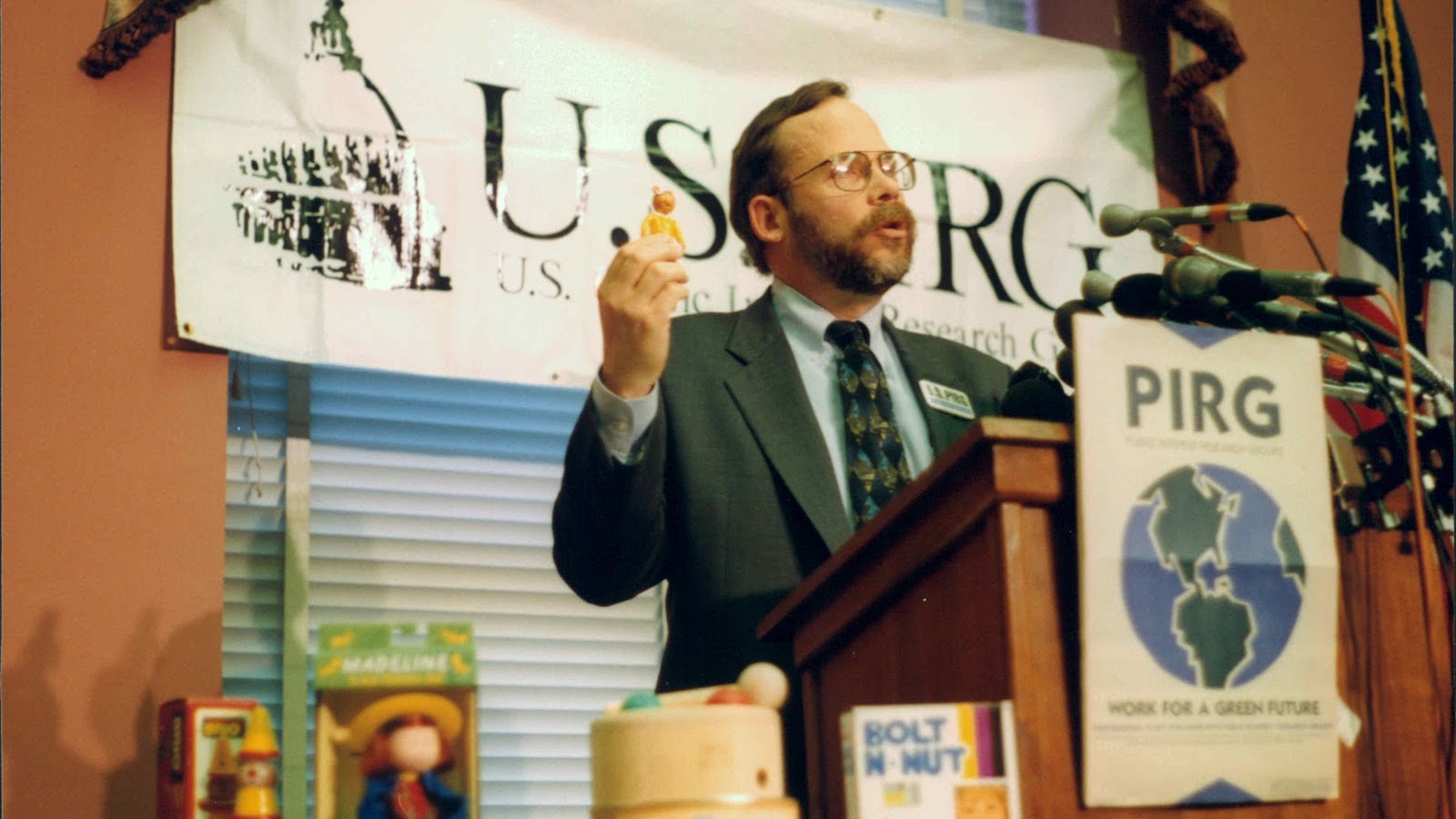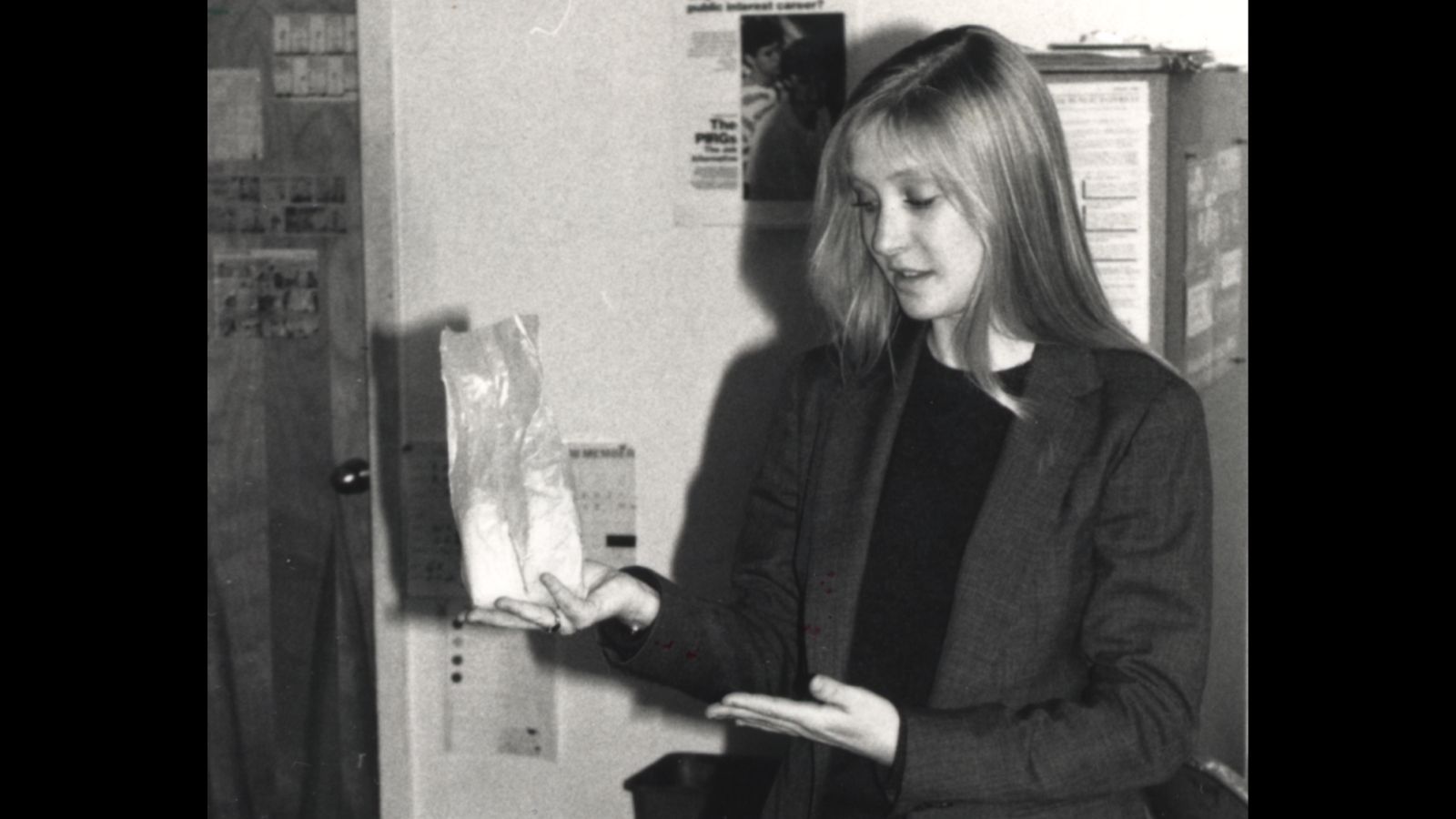
Your child’s first Bag O’Glass: 34 years of toy safety reports revisited
“Bag O’Glass” was a signature product of toy tycoon Irwin Mainway in the 1976 Saturday Night Live sketch, “Consumer Probe.”

In the hot seat, Mainway (Dan Aykroyd) defends one of his company’s best selling toys: a plastic bag filled with shards of glass. “I mean — we put a label on every bag,” says an incredulous Mainway. “It says ‘KID, BE CAREFUL. BROKEN GLASS.’”
What more could this nosy reporter (Candice Bergen) want? And that goes for “Bag O’Vipers,” “Bag O’Nails” and “Teddy Chainsaw Bear,” too.
“Consumer Probe” is satire (duh), but it does comment on the state of children’s toys in the 1970s (and perhaps on the humorlessness of consumer advocates, but we’ll leave that alone for now). Most toys sold then were just fine. None were as bad as Bag O’Glass. But some toys were not safe for kids by a long sight. The Federal Trade Commission had set official toy safety standards in 1974, and there was a lot of work to do to ensure that America’s toys weren’t sending kids to America’s emergency rooms.
In 1984, Ron Pembleton and his team of CALPIRG advocates discovered that schools serving more than a million kids in California had bought art supplies containing toxic substances. Students and teachers had their pick of lead-laden ceramic glazes, rubber cement containing the neurological toxicant hexane, and permanent markers with harmful solvents.
CALPIRG published a report alerting the public to dangerous supplies in the art rooms of their children’s schools, which was widely publicized. The report’s findings helped push two landmark child safety bills, then under consideration in the California Legislature, over the finish line — one banning the purchase of the most hazardous art supplies for use in elementary schools, and the other requiring labels on all toxic art supplies in the state of California.
Four years later, the Art and Craft Materials Labeling Act, based on California’s statutes and backed by U.S. PIRG, was made federal law.

Since 1989, U.S. PIRG has published 34 reports exposing the dangers and risks in children’s toys. Those reports have resulted in more than 150 recalls for hazardous toys and have helped to win numerous commonsense regulations, such as:
- The Child Safety Protection Act (1994): A landmark law requiring, for the first time, that toys for ages 3 to 6 containing small parts be labeled with choking hazard warnings. The law was modeled on Connecticut legislation won by ConnPIRG advocates in 1993.
- The Consumer Product Safety Improvement Act (2008): Sweeping legislation that gave the Consumer Product Safety Commission (CPSC) the power to accelerate recalls for dangerous toys, to exercise wider enforcement of toy safety standards, and to ban toxic substances. The act also set reduced limits on toxic substances (including lead), and banned some toxins entirely, such as certain phthalates — chemicals that can disrupt children’s development.
- Bans on small, powerful magnets (2014): Between 2009 and 2013, the CPSC estimates that more than 2,900 children went to the emergency room for injuries sustained after swallowing small but powerful magnets—which have appeared in numerous toy safety reports. In 2014, the CPSC banned high-powered magnets able to fit within its small parts cylinder, which it uses to determine choking hazards. These magnets continue to cause serious harm to young children. In August 2019, two Oregon doctors removed 54 small magnets from the intestines of four children in the span of just over a month.
Today, toys in the United States are safer than they’ve ever been — a fact that is sometimes leveraged against groups like ours to question if our ongoing work is really necessary.
After U.S. PIRG released its 2018 “Trouble in Toyland” report, the Toy Association, a trade association for the toy industry, responded:
“What PIRG doesn’t tell you … is that toys are among the safest consumer product categories found in the home. U.S. toy safety requirements are among the strictest in the world, with more than 100+ standards and tests in place to ensure that all toys found on store shelves are safe.”
That’s all correct. What the Toy Association fails to acknowledge is that these regulations are in large part due to the work of the PIRG Consumer Watchdog team, and in spite of the Toy Association’s opposition. Every year, there are fewer and fewer toys for us to shine the spotlight on — and that’s a good thing.
But we haven’t put ourselves out of work yet. Despite rigorous federal toy safety standards, this year our Consumer Watchdog still found toys that invade children’s privacy by collecting data on them, toy slime that contains 75 times the legal amount of boron without any clear label warning the user not to ingest it, and recalled toys still for sale online.
So, Adam Garber and his watchdog team won’t get to retire this year.
But, if and when we get to “Trouble in Toyland” number 35, we can do so with the knowledge that, every year, children’s toys are getting safer, in part, because of our work.
Topics
Find Out More


A look back at what our unique network accomplished in 2023

Mastercard, don’t sell my data

